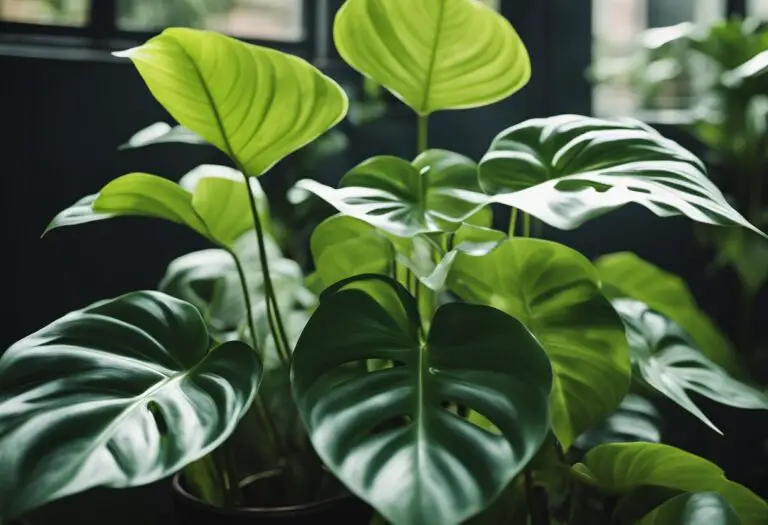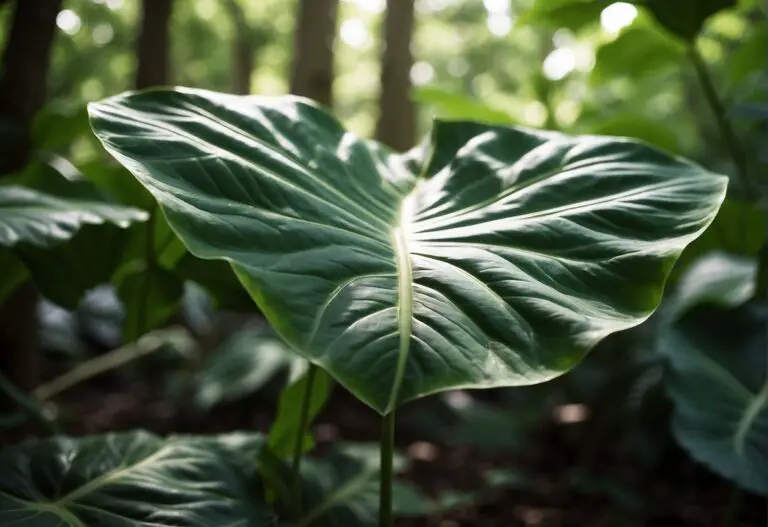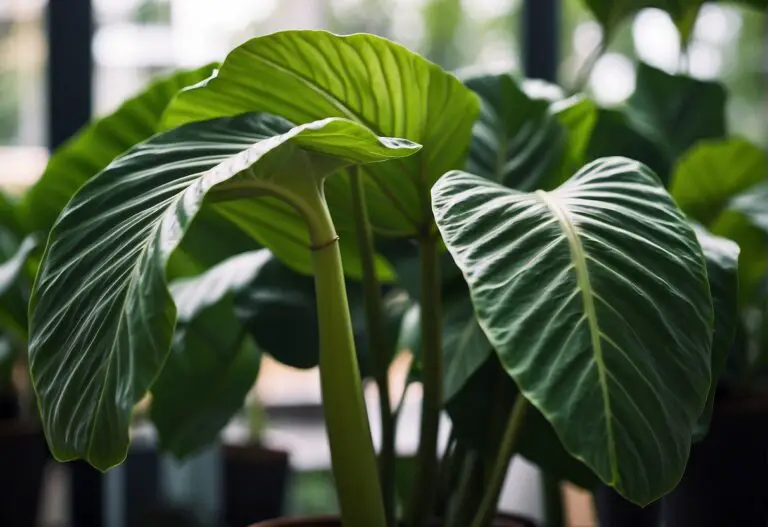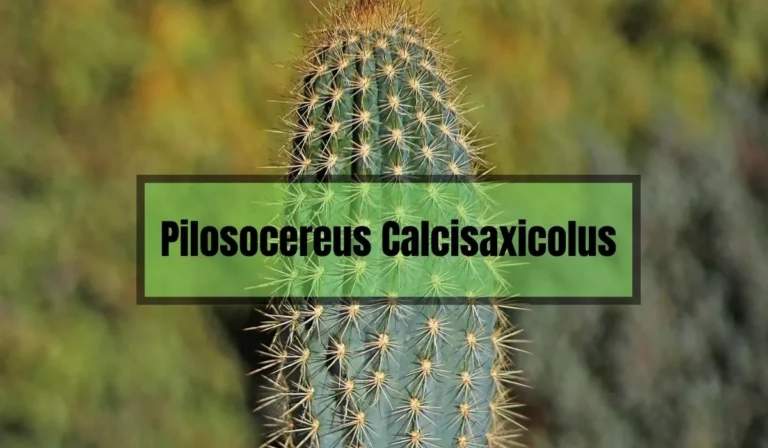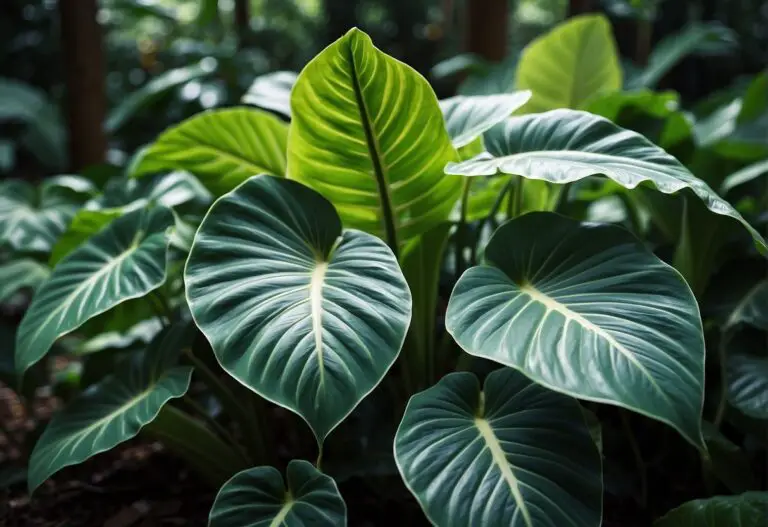Alocasia Plumbea: A Guide to Growing and Caring for this Stunning Plant
Alocasia Plumbea is a striking plant that is well-known for its unique and beautiful foliage. It is a member of the Alocasia family, which includes over 70 species of tropical plants. The leaves of the Alocasia Plumbea are a deep green color with a metallic sheen, and they have a distinct wavy texture that adds to their visual appeal.

Alocasia Plumbea is an excellent choice for anyone looking to add a touch of tropical flair to their home or garden. This plant is relatively easy to care for and can thrive in a variety of conditions. It is also a great choice for those who want to experiment with different propagation techniques, as it can be easily propagated from cuttings or division.
Key Takeaways
- Alocasia Plumbea is a striking plant with unique and beautiful foliage.
- It is relatively easy to care for and can thrive in a variety of conditions.
- Alocasia Plumbea is a great choice for those looking to experiment with propagation techniques.
Exploring Alocasia Plumbea

Alocasia Plumbea is a stunning plant that belongs to the Araceae family. It is also known as the Blue Alocasia, and it is native to the tropical regions of Southeast Asia. This plant is a popular choice for indoor gardening enthusiasts due to its unique appearance and easy maintenance.
Origin and Habitat
Alocasia Plumbea is native to the rainforests of Southeast Asia, specifically in countries such as Thailand, Malaysia, and Indonesia. It thrives in warm and humid environments, and it prefers well-draining soil. This plant can grow up to 1 foot tall, and it has a lifespan of about 5 years.
Distinctive Features
Alocasia Plumbea is known for its distinctive foliage. Its leaves are heart-shaped and have a bluish-green color with silver veins. The undersides of the leaves are a deep purple color, which adds to the plant’s unique appearance. This plant is also known for its rhizomatous nature, which means that it has horizontal underground plant stems capable of producing the shoot and root systems.
Alocasia Plumbea is a low-maintenance plant that requires moderate watering and indirect sunlight. It is a great choice for indoor gardening enthusiasts who are looking for a unique and easy-to-care-for plant.
Cultivation Guidelines

Soil Requirements
Alocasia plumbea grows best in well-draining soil that is rich in organic matter. The soil should have a pH range of 5.5 to 7.0. Alocasia plumbea prefers soil that is moist but not waterlogged. It is recommended to use a potting mix that contains peat moss, perlite, and vermiculite.
Watering Schedule
Alocasia plumbea requires consistent moisture to thrive. It is important to keep the soil evenly moist, but not waterlogged. Overwatering can lead to root rot, which can be fatal to the plant. It is recommended to water the plant thoroughly when the top inch of soil feels dry to the touch.
Light and Temperature Needs
Alocasia plumbea prefers bright, indirect light. Direct sunlight can scorch the leaves, while low light can cause the plant to become leggy. It is recommended to place the plant in a location that receives bright, filtered light. The ideal temperature range for Alocasia plumbea is between 60 to 75 degrees Fahrenheit. It is important to keep the plant away from cold drafts and extreme temperatures.
Alocasia plumbea is a beautiful and unique plant that requires specific care. By following these guidelines, gardeners can keep their Alocasia plumbea healthy and thriving.
Propagation Techniques
Alocasia plumbea is a beautiful and exotic plant that can enhance the aesthetic appeal of any indoor space. One of the best things about this plant is that it is relatively easy to propagate. In this section, we will discuss some of the most effective propagation techniques for Alocasia plumbea.
One of the simplest and most popular methods of propagating Alocasia plumbea is through division. This method involves separating the plant’s root ball into smaller sections and planting them in separate pots. To do this, gently remove the plant from its pot and separate the root ball into smaller sections. Make sure each section has a few leaves and a healthy root system. Then, plant each section in a separate pot with well-draining soil.
Another effective propagation technique for Alocasia plumbea is through stem cuttings. To do this, take a cutting from the stem of the plant, making sure it has at least one node. Dip the cut end of the stem in rooting hormone and plant it in a pot with well-draining soil. Keep the soil moist and place the pot in a warm, humid location. Within a few weeks, the cutting should start to develop roots and new growth.
Finally, Alocasia plumbea can also be propagated through seed. However, this method is less common as the plant rarely produces seeds. If you do manage to get your hands on some seeds, plant them in a pot with well-draining soil and keep the soil moist. It may take several weeks or even months for the seeds to germinate, so be patient.
Overall, Alocasia plumbea is a relatively easy plant to propagate, and there are several effective techniques to choose from. Whether you prefer division, stem cuttings, or seed propagation, with a little patience and care, you can create new plants to enjoy or share with friends.
Common Challenges
Alcoasia Plumbea is a beautiful plant that can add a touch of elegance to any indoor or outdoor space. However, like any other plant, it is vulnerable to certain challenges that can affect its growth and overall health. In this section, we will discuss some of the most common challenges that Alcoasia Plumbea owners may face and how to manage them.
Pest Problems
One of the most common challenges that Alcoasia Plumbea owners face is pest infestations. These pests can include spider mites, mealybugs, and scale insects. These pests can cause damage to the plant’s leaves and stems, causing them to wilt, turn yellow, or even fall off.
To manage pest infestations, it is important to identify the type of pest and take appropriate action. This can include using insecticidal soap or neem oil to kill the pests. It is also important to regularly inspect the plant for signs of infestation and remove any affected leaves or stems.
Disease Management
Another common challenge that Alcoasia Plumbea owners face is disease. This can include fungal infections, bacterial infections, and viral infections. These diseases can cause damage to the plant’s leaves and stems, causing them to wilt, turn yellow, or even fall off.
To manage disease, it is important to identify the type of disease and take appropriate action. This can include using fungicides or bactericides to kill the disease. It is also important to regularly inspect the plant for signs of disease and remove any affected leaves or stems.
In addition, it is important to maintain proper watering and fertilization practices to prevent the plant from becoming stressed, which can make it more vulnerable to disease.
Alocasia Plumbea Varieties
Alocasia Plumbea is a beautiful and exotic plant native to Southeast Asia. It is known for its stunning foliage with silvery-grey leaves that have a metallic sheen. There are several varieties of Alocasia Plumbea, each with its unique features and characteristics.
One of the most popular varieties is the Alocasia Plumbea Nigra, which has dark green leaves with a silvery sheen. Another variety is the Alocasia Plumbea Variegata, which has green leaves with white variegation. The Alocasia Plumbea Metallica is another popular variety known for its metallic sheen and dark green leaves.
Alocasia Plumbea varieties are relatively easy to care for, making them a popular choice for indoor and outdoor gardens. They thrive in well-draining soil and prefer bright, indirect light. It is essential to keep the soil moist but not waterlogged, as overwatering can lead to root rot.
Frequently Asked Questions
How can I propagate my Alocasia to grow new plants?
Propagating Alocasia can be done through division, offsets, or stem cuttings. Dividing the plant requires removing the entire plant from the pot and separating the root ball into sections. Offsets are small plants that grow from the mother plant and can be separated and potted individually. Stem cuttings can be taken from the mother plant and rooted in water or soil.
Where can I find Alocasia plants for purchase?
Alocasia plants can be found in local nurseries, garden centers, and online plant shops. It’s important to purchase from reputable sources to ensure the plant is healthy and free from pests or diseases.
What size does Alocasia typically reach when fully grown?
The size of Alocasia can vary depending on the species and growing conditions. Some varieties can grow up to 6 feet tall, while others remain small and compact. Alocasia Plumbea, for example, typically reaches a height of 1-2 feet.
What are the care tips for a variegated Alocasia variety?
Variegated Alocasia varieties require bright, indirect light and a well-draining soil mix. They should be watered when the top inch of soil is dry and fertilized monthly during the growing season. It’s important to avoid direct sunlight, as it can scorch the leaves.
Can you provide care instructions for Alocasia Metallica?
Alocasia Metallica requires bright, indirect light and a humid environment. They should be watered when the top inch of soil is dry and fertilized monthly during the growing season. It’s important to avoid overwatering, as it can lead to root rot.
What makes the Alocasia ‘Flying Squid’ variety unique?
The Alocasia ‘Flying Squid’ variety is unique due to its spooky and unusual leaves. It has tiny leaves at the end of each green and burgundy petiole that are shaped like squid tentacles, hence the name ‘Flying Squid’. It’s also considered to be one of the more rare plants to care for in the Alocasia family.

